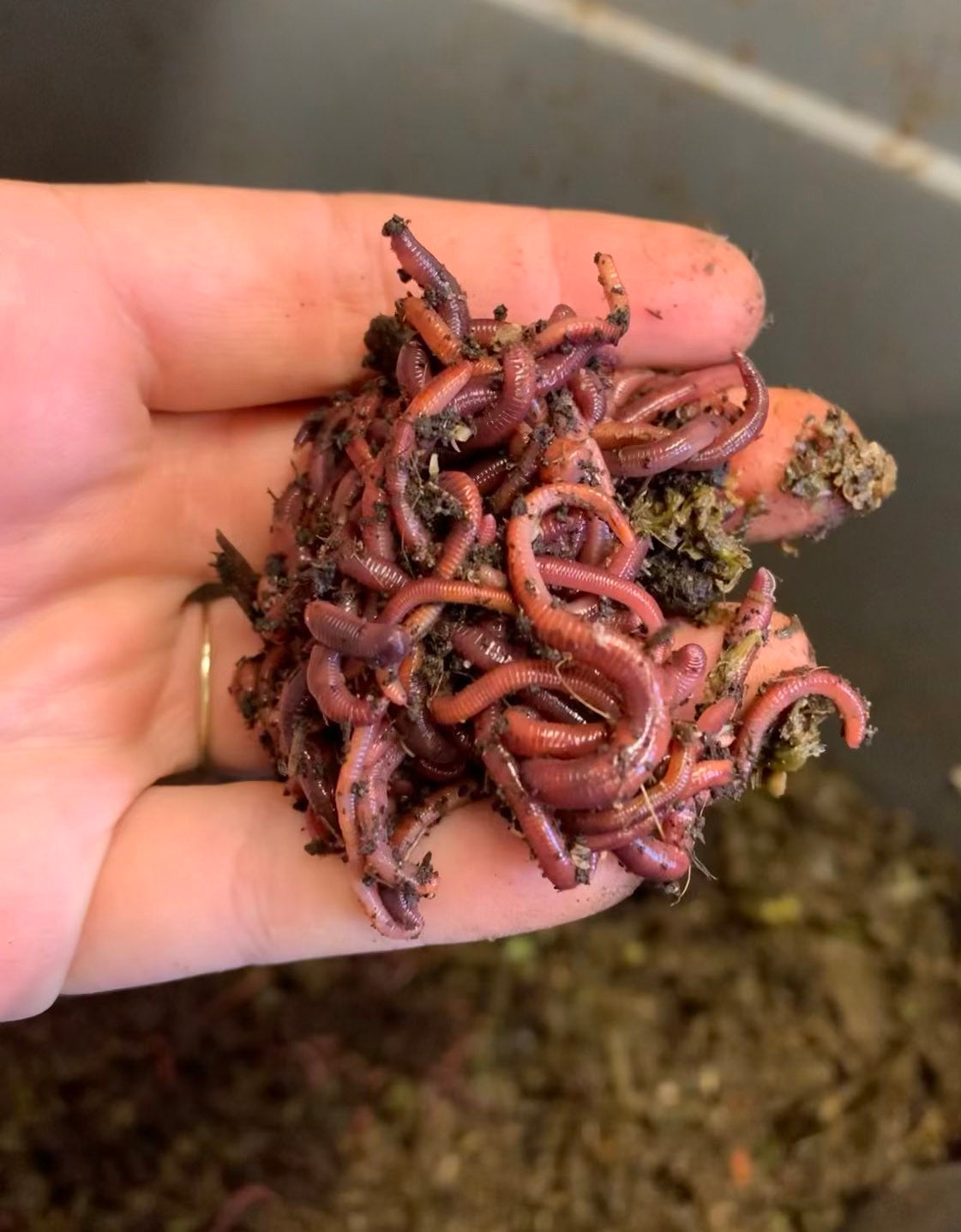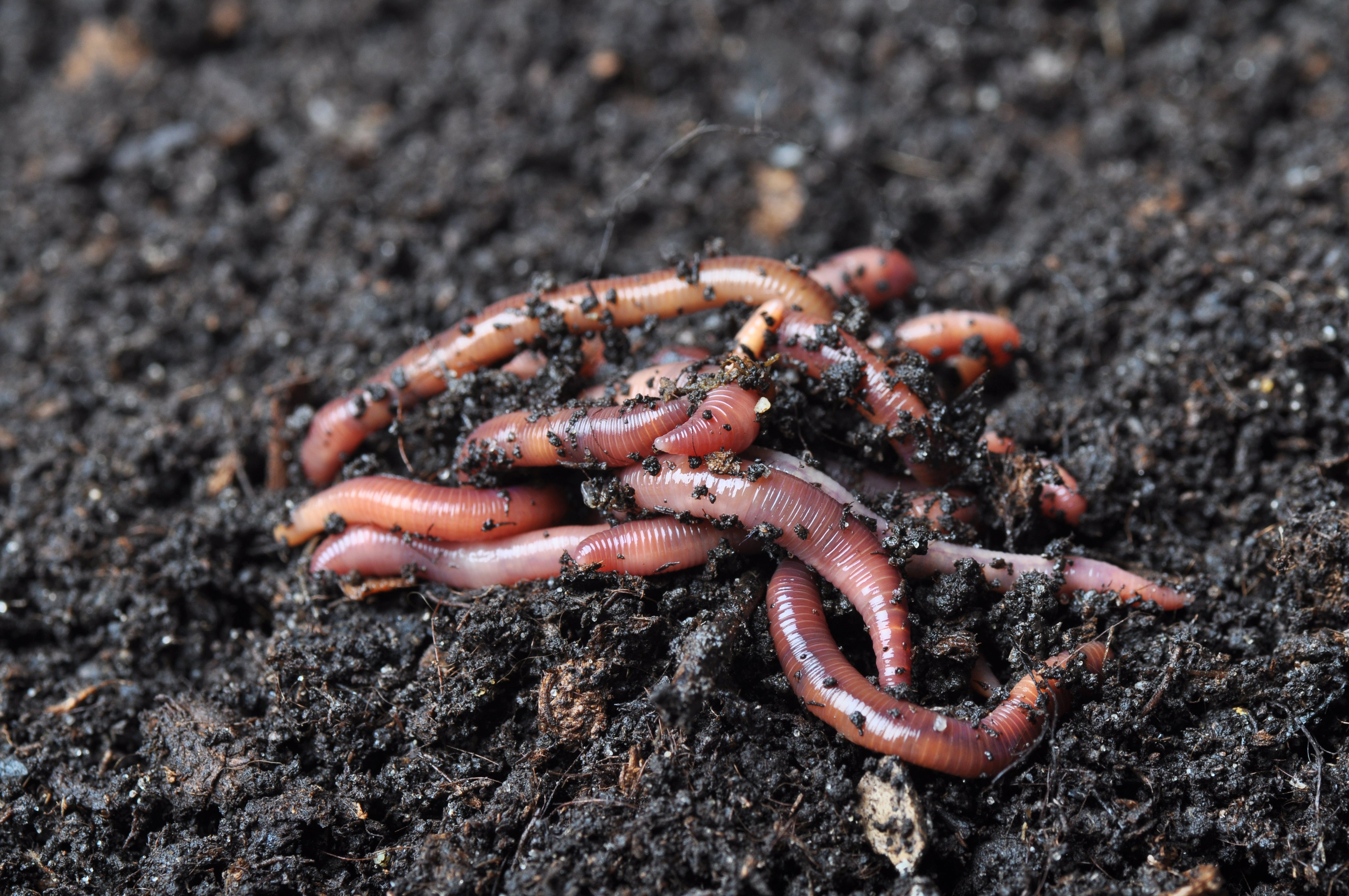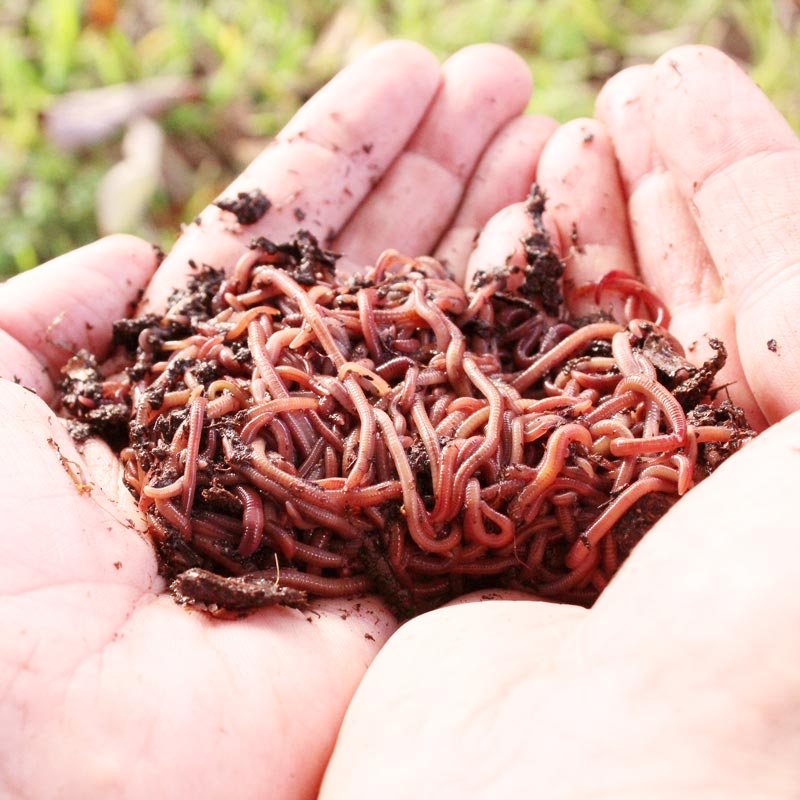The Secret to Lush Lawns Starts with Red Wiggler Express Lawn Care Services
Open the Secrets of Red Wigglers: Your Guide to Composting Success
The integration of red wigglers into composting techniques offers a significant opportunity for improving soil health and promoting sustainability. These organisms are not simply effective recyclers of natural waste; they offer a myriad of benefits that can change garden monitoring. Recognizing their requirements and behaviors is crucial for optimizing their capacity, from establishing up a proper worm container to feeding them the appropriate materials. As we discover the important elements of effective vermicomposting, one could question exactly how these little creatures can cause a more lively and productive yard environment.

What Are Red Wigglers?
(Lake Rhodhiss Bait)Red wigglers, medically understood as Eisenia fetida, are a types of earthworm largely utilized in composting as a result of their remarkable capability to decay raw material effectively. These worms are identified by their reddish-brown coloration and a fractional body, commonly measuring between 3 to 4 inches in size. Unlike other earthworm types, red wigglers flourish in abundant, organic settings, making them suitable for vermicomposting systems.
Belonging To North America, they are usually located in decaying leaves and compost heap, where they play an essential duty in nutrient recycling. Their adaptation to residing in a moist, cardio environment allows them to take in huge quantities of natural waste, simplifying into nutrient-rich spreadings that enhance dirt health.
Red wigglers reproduce quickly, with a solitary worm capable of generating a number of cocoons each week, each having several hatchlings. Comprehending the biology and habits of red wigglers is vital for optimizing their capacity in composting applications.
Advantages of Making Use Of Red Wigglers
Utilizing the power of red wigglers in composting supplies countless benefits that enhance dirt health and advertise lasting waste monitoring. These exceptional microorganisms successfully break down raw material, changing cooking area scraps and lawn waste into nutrient-rich vermicompost. This finished product is remarkably useful for plant growth, as it enhances soil framework, raises moisture retention, and boosts nutrient availability.

(Lake Rhodhiss Bait)In addition, the visibility of red wigglers in your composting system can speed up the composting process, creating high-grade garden compost in a portion of the moment compared to conventional methods. The spreadings generated by these worms are likewise including useful microorganisms that additionally enhance the dirt community.
Establishing Up Your Worm Bin
Creating a reliable worm bin is an uncomplicated procedure that can significantly improve your composting initiatives. The initial step is choosing an ideal container. Worm containers can be made from plastic storage space containers, wooden boxes, or commercially readily available worm containers. Ensure the bin has sufficient water drainage and air flow openings to preserve optimal dampness degrees and air flow.
Next, prepare the bed linen product, which offers as the worms' habitat. A mix of shredded paper, cardboard, and coconut coir works well, providing a comfy setting for the worms.

Feeding Your Red Wigglers
To make certain the health and wellness and performance of your red wigglers, it is important to give them with a well balanced diet plan that meets their nutritional demands. Red wigglers this thrive on a diverse variety of natural products, which not just provide necessary nutrients yet likewise advertise effective composting.
Beginning by including kitchen scraps such as vegetable peels, fruit cores, and coffee grounds. Prevent citrus fruits, onions, and garlic, as these can be harmful to worm wellness. Additionally, present shredded paper, cardboard, and completely dry leaves to develop a well-aerated environment.
Feeding regularity should be checked; normally, worms can consume half their body weight in food weekly. It is crucial to prevent overfeeding, as excess food can result in undesirable odors and attract pests. An excellent technique is to include food in small amounts, allowing worms to process it prior to presenting more.
Preserving moisture levels is likewise important; the bedding should perspire but not soggy. Be certain to consistently inspect the temperature and pH levels of the bin to make certain an optimal environment for your red wigglers, inevitably boosting their composting effectiveness.
Harvesting and Using Compost
A successful composting process with red wigglers finishes in the rich, dark garden compost referred to as vermicompost, which can substantially improve soil health and wellness and plant development. Harvesting this nutrient-dense product usually happens every 3 to 6 months, depending on the size of your system and the quantity of raw material being refined.
To collect, carefully separate the garden compost from the worms and any kind of undecomposed products. One efficient method entails moving the components of the bin to one side and adding fresh bedding and food to the void, encouraging the worms to move. After a couple of days, the compost can be gathered from the opposite side.
It is crucial to utilize vermicompost appropriately to maximize its benefits. By incorporating vermicompost right into your gardening regimen, you not only recycle natural waste yet also develop a successful ecosystem that supports lasting horticulture practices.
Conclusion
In recap, red wigglers serve as phenomenal allies in composting initiatives, transforming organic waste right into nutrient-rich vermicompost. By understanding the optimum problems for their habitat, feeding requirements, and garden compost harvesting techniques, gardeners can enhance soil wellness and promote plant vigor.